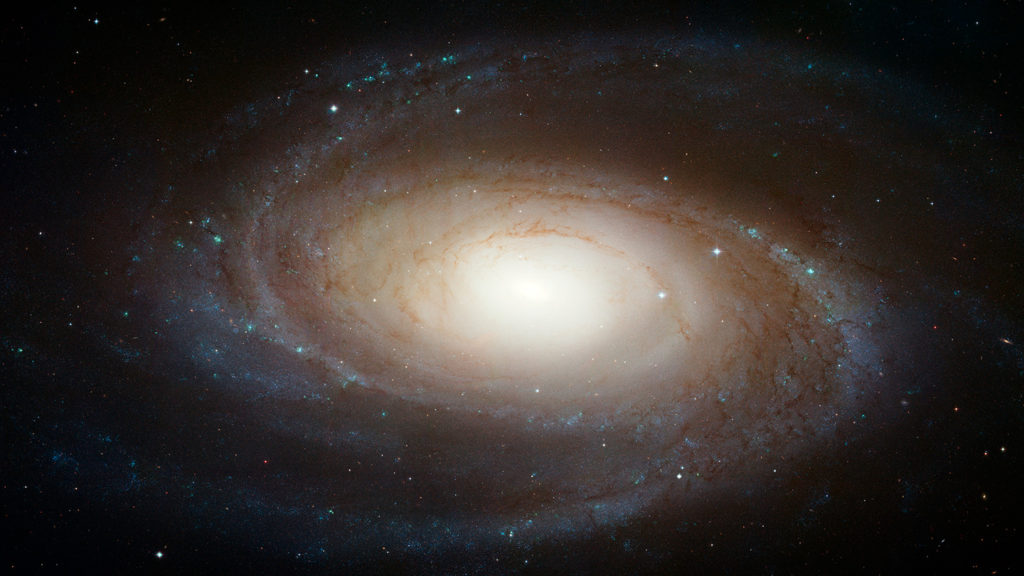A group of dwarf galaxies in a nearby galaxy group seem to be having a little party of their own and ignoring the larger galaxy at the center.

In a typical galaxy group, the dwarf galaxies would be scattered fairly evenly around the most massive object in the group. But the galaxies close to M81 (above) seem to have different ideas. The Milky-Way-like galaxy, about 12 million light-years away from Earth, isn’t surrounded by smaller galaxies. Instead, the dwarf galaxies cluster to one side of M81, and astronomers don’t know why.
Computer simulations and observations in our own galaxy cluster indicate that during galaxy evolution, the larger galaxies end up with many faint small galaxies sprinkled uniformly throughout the outer part of the dominant galaxy’s diffuse cloud like halo. The dozens of dwarf galaxies known to orbit in our own Milky Way’s outskirts are distributed evenly around the galaxy, as are most of the dwarf galaxies surrounding our nearest large neighbor, the Andromeda Galaxy. But in the M81 group, the seven newly identified star clusters seem to be orbiting a smaller member of that group, NGC-3077, which is only about one-tenth the mass of M81. Nobody expected that and so far, nobody understands it.




